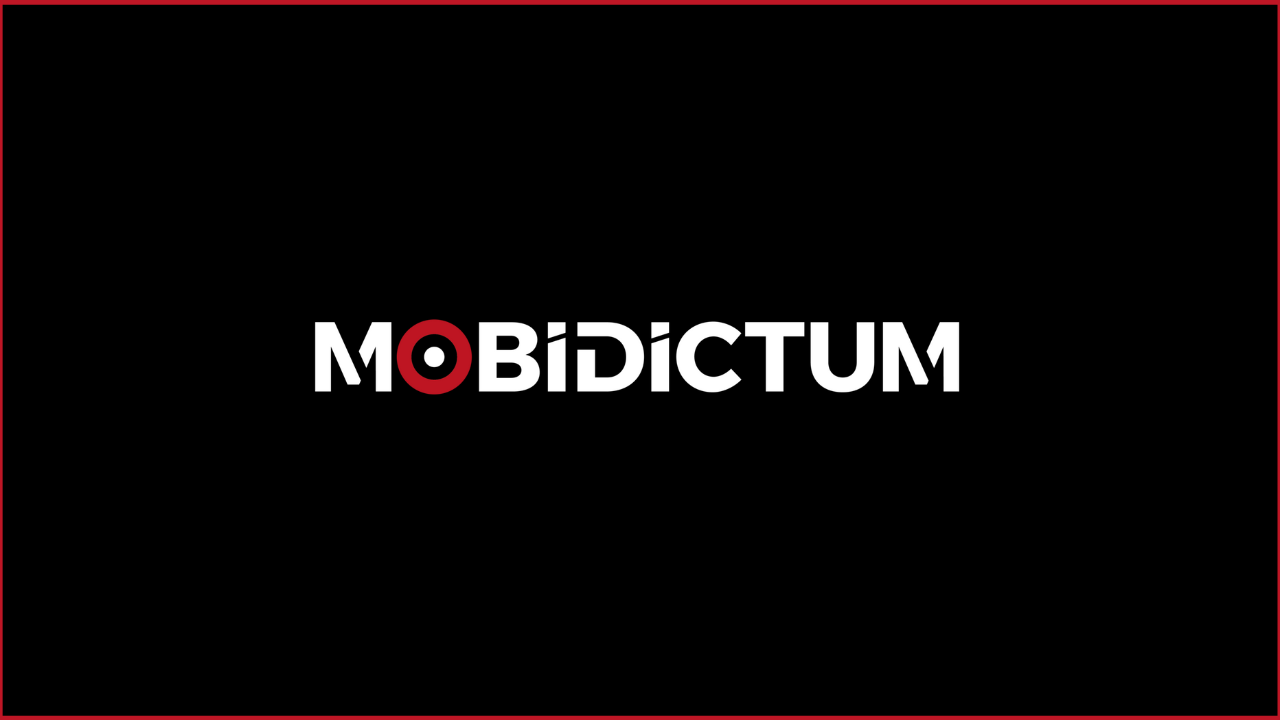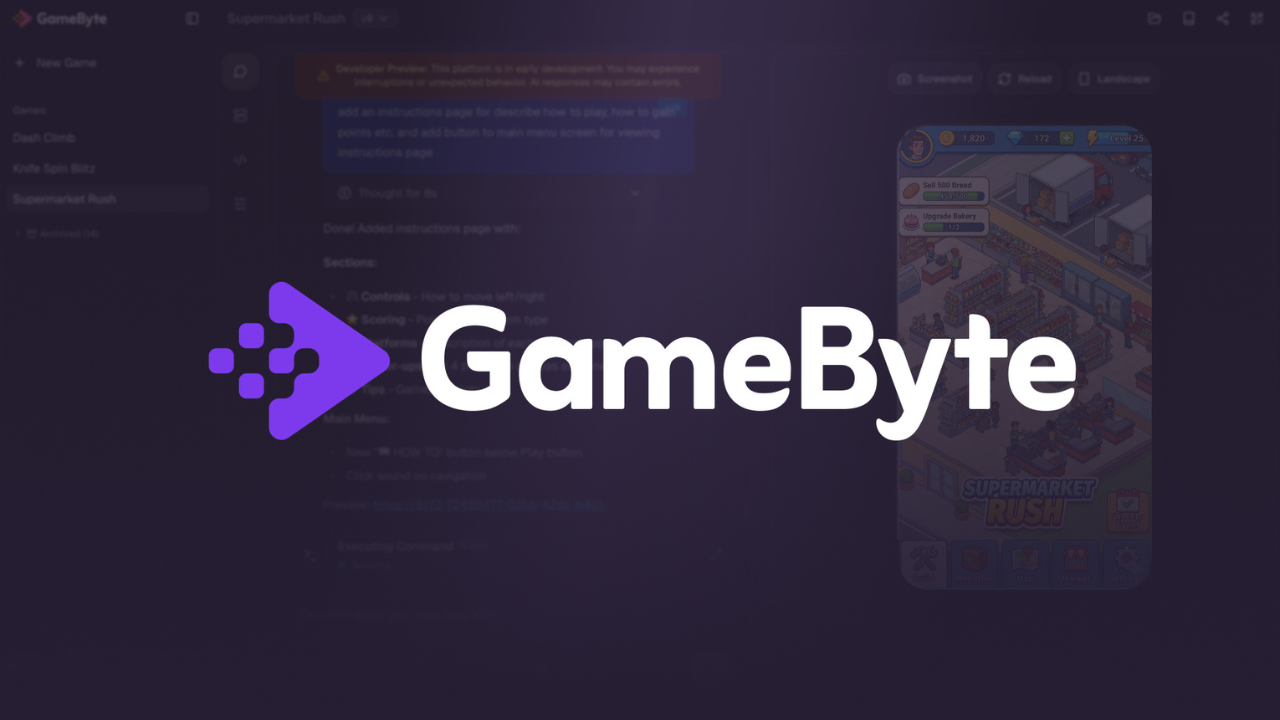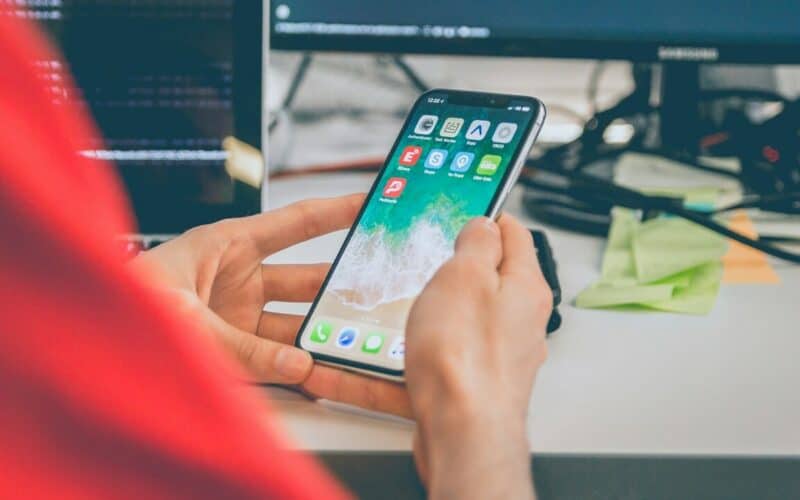Developers and marketers are continually seeking innovative strategies to engage and retain users. A pivotal aspect of this engagement lies in the use of in-app events (for Apple) and promotional content (for Google). While serving similar objectives, these tools cater to different platforms, offering unique opportunities to enrich user experience and increase app visibility.
Understanding in-app events and promotional content
In-app events and promotional content are essentially dynamic features within apps designed to boost user interaction and engagement. These can range from special challenges and live events to major updates and seasonal introductions. The primary goal is to provide users with fresh, engaging experiences, encouraging repeat visits and deeper engagement with the app.
Designing engaging user experiences
The success of in-app events and promotional content hinges on their ability to attract and retain user attention. This is where the design aspect plays a crucial role. An effective design strategy involves a blend of captivating visuals and concise, persuasive text. These elements must work in harmony to communicate the essence of the event or promotion compellingly. For instance, an in-app event or promotional content might use vibrant graphics and a short, intriguing description to pique user interest, focusing on highlighting the benefits or unique features of the event.
Strategic timing and scheduling
Timing is critical to the success of in-app events and promotional content. Developers need to plan the duration and scheduling of these features thoughtfully. Short-term events or promotions can create a sense of urgency, encouraging immediate action. Mid-term events allow for sustained engagement over several days or weeks, while long-term events are ideal for ongoing campaigns or seasonal activities. Developers must also consider various factors such as global time zones, user activity patterns, and potential event overlaps to maximize impact.
Platform guidelines and approvals
Each platform, Apple’s App Store and Google Play, has its own guidelines for creating and managing in-app events and promotional content. Adhering to these guidelines is essential for approval and optimal placement. For Apple’s in-app events, developers navigate through the App Store Connect, following specific standards for submission and presentation. On the other hand, Google’s guidelines for promotional content on Google Play focus on ensuring that the content is aligned with their policies and user expectations.
Promoting events and content across channels
Effective promotion is key to the success of in-app events and promotional content. Developers should employ a multichannel approach to reach the broadest possible audience. This includes leveraging in-app messages, push notifications and social media platforms. Each channel offers unique advantages and can be used to target different segments of the user base. For example, push notifications can be used to alert active users about a new event, while social media can re-engage lapsed users or attract new ones.
Measuring success and driving improvement
Analyzing specific metrics available through platforms like the App Store and Google Play Store is crucial to understanding the effectiveness of in-app events and promotional content. For instance, user acquisition metrics, such as First Time Downloads on iOS or Acquisition reports on Android, provide insights into an event’s appeal and efficacy in drawing new users. Similarly, user re-engagement metrics, like Redownloads or Notification Taps on iOS and Updates on Android, help understand how well these events attract previous users back to the app. Equally important are event visibility and engagement metrics, like Event Impressions and Event Page Views, which shed light on how many users notice and show interest in the event. Additionally, observing user retention and churn through App Opens versus Deletions post-event can reveal if the event met user expectations. Lastly, monetization and revenue metrics, including In-app Purchases and Sales, are vital for assessing the financial impact of these events. These metrics provide a comprehensive picture of the effectiveness of in-app events and promotional content, guiding developers in optimizing future events for better user engagement and profitability.
The way forward
In-app events and promotional content are indispensable tools for app developers and marketers aiming to enhance user engagement and app visibility. While they serve similar purposes, their implementation varies across Apple and Google platforms. By strategically utilizing these tools, developers can create a more engaging, dynamic, and rewarding user experience. The key is to balance creativity with data-driven insights, crafting events and promotions that resonate with users and drive app success.
In-app events and promotional content are effective strategies for maintaining user interest and differentiating apps. By understanding the nuances of each platform and employing a holistic approach to design, timing, promotion, and measurement, developers can leverage these tools to make their apps more attractive. The end goal is clear: to foster user loyalty, increase app visibility, and ultimately achieve sustained success in the competitive world of mobile apps.
Next: Unlocking app growth: Key tactics for refined App Store Optimization (ASO)





